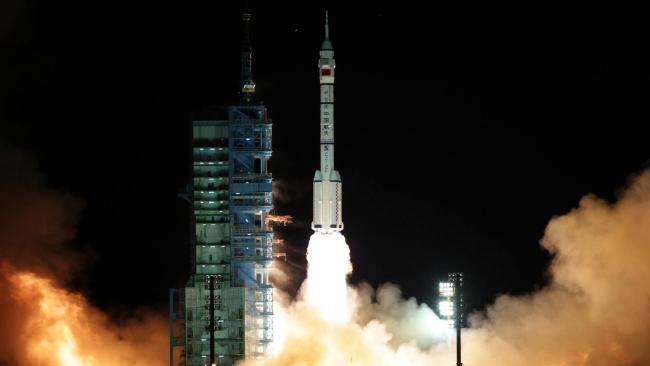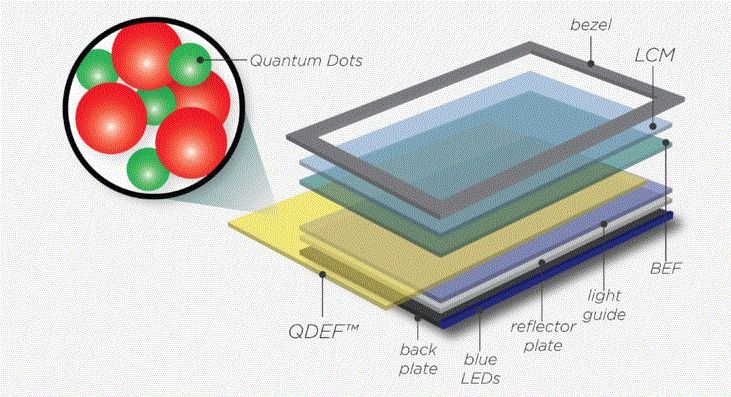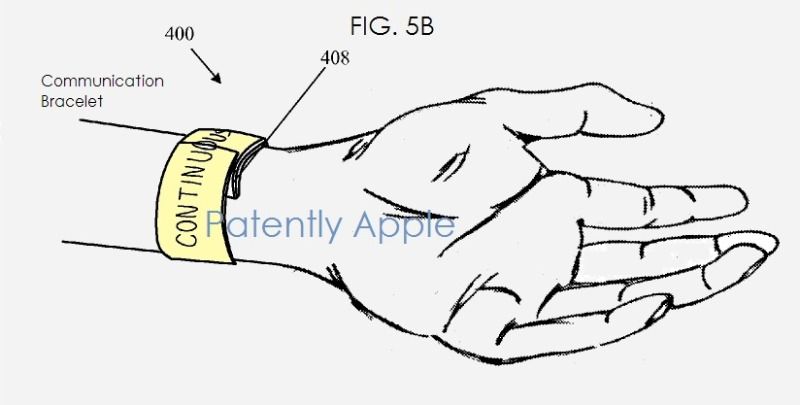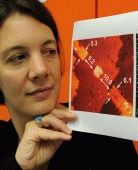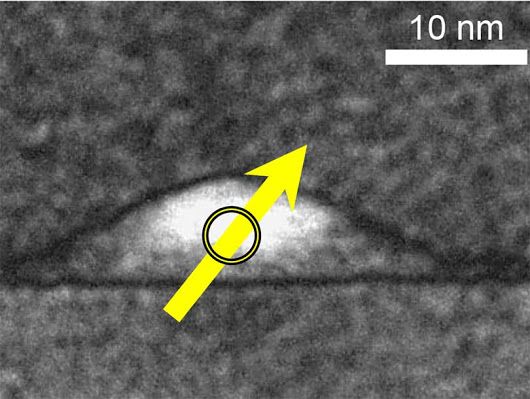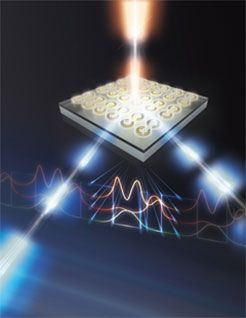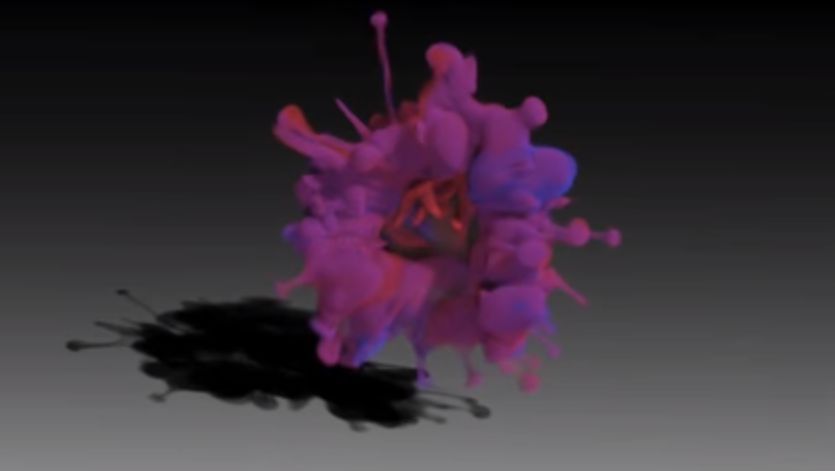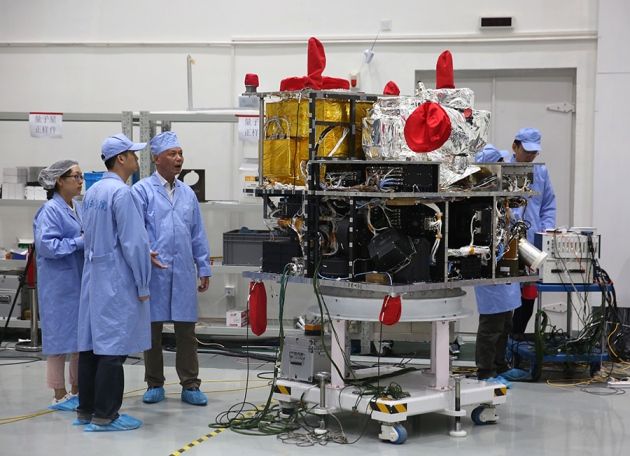Jul 29, 2016
China’s new quantum satellite paves the way for unhackable satellite internet
Posted by Karen Hurst in categories: cybercrime/malcode, encryption, internet, quantum physics, satellites
All that I can say is “WOW!”
CHINA is on the brink of launching a groundbreaking new satellite capable of conducting quantum experiments in space, leading some to predict it will usher in the beginning of a new space race.
The world will be watching very closely after the Chinese-led satellite launches in August. If it proves successful in carrying out the quantum experiments, China is expected to follow it with many more in a bid to create a super secure network that uses an encryption technique based on the principles of quantum communication.
Continue reading “China’s new quantum satellite paves the way for unhackable satellite internet” »
